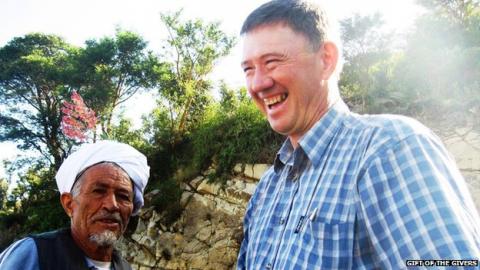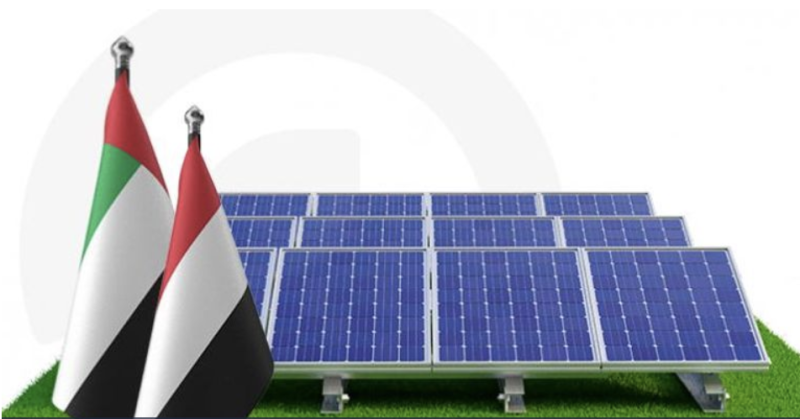Yemen : Uncertain future


The Shia rebel offensive has slowed down, but not stalled, in its advance south. This is because the appearance of the Shia rebels has mobilized many Sunni tribesmen who have joined militias to oppose the Shia. AQAP (Al Qaeda in the Arabian Peninsula) has been reinvigorated by more support from the Sunni tribes. Some army units in the south have halted operations against AQAP and stepped aside to let the Shia rebels and Sunni tribes fight it out. This may take a while, unless the Shia rebels back off and make a compromise deal. So far that is not a popular option with the rebel leaders.
Meanwhile Yemen has other, even more serious, problems. For over a year now foreign aid analysts have warned that over half of the Yemeni population needs economic help in the form of food and other essentials. This is partly the result of a high birth rate, which is largely the result of ancient customs and religion. The impact of conservative forms of Islam also means there has been little economic or educational improvements, at least compared to the non-Islamic world, for a long time. The economy is primitive and unproductive. Water, food and power shortages, as well as growing unemployment make life miserable for most Yemenis. This is also the fault of the enormous oil wealth in the rest of the Arabian Peninsula. A major malignant side effect of the oil wealth has been the skyrocketing demand for the leaves of the Khat plant. This did major damage to the economy and fueled growing violence in Yemen along with causing a devastating water shortage. Most of the water consumed is used for growing Khat, which only contributes a few percent of the GDP. Khat is a plant that has grown in Yemen for thousands of years. Khat leaves when chewed give you more of a buzz than caffeine or nicotine, but less than stronger drugs. It is addictive and until the 1950s was grown by farmers for their own personal use as a stimulant. Khat was used like that long before anyone figured out how to use coffee beans to produce a stimulating liquid. One thing that kept Khat local was the fact that the leaves quickly lose (a few days after being picked) their potency. In other words, Khat did not travel well while coffee beans and tea leaves did. That all changed after World War II when roads, trucks and air transport became widely available. Suddenly Khat had an international market for those who could afford to pay and had a taste for it. Yemen was the one Khat growing area that was close to affluent Khat consumers; namely people in the Arab oil states of the Persian Gulf. The other area where Khat grew easily was Ethiopia, which was deep in Africa surrounded by poverty and far from anyone able to pay for Khat. Yemen was the only Arabian state without a lot of oil but with the largest population. Khat was suddenly a way to make a lot of money. Despite the fact that many nations (including most of those in the Middle East) outlawed Khat (because of its unfortunate side effects, especially the addiction) the stuff was very popular with those who grew up with it. This included many people in Yemen. With all that oil wealth came a demand in the Arab oil states for workers. The pay was good and Arabs were preferred. This led to millions of Yemenis going off to the Arab Gulf States to work. Some got rich and nearly all sent money home. So much money was being sent back that by the end of the 20th century such remittances comprised over a quarter of the Yemeni GDP. That began to shrink after Iraq invaded Kuwait in 1990 and threatened Saudi Arabia. Many Yemenis backed Iraq and Islamic terrorism and the Arab oil states took this as an unfriendly act and fired a lot of their Yemeni employees. It did not go unnoticed that the bin Laden family came from Yemen and made their fortune in Saudi Arabia. These days the remittances are less than four percent of GDP. But before the collapse in remittance income during the last two decades many Yemenis developed a taste for Khat, and so had many Saudis, even though Khat was illegal in Saudi Arabia. Thus the demand for Khat increased, but mainly for export. The oil money may be gone, but the curse of Khat remains and most of it is now smuggled into Saudi Arabia.
The U.S. and the Sunni Arab Gulf States (particularly Saudi Arabia) see the recent changes in Yemen as an Iranian ploy to gain greater influence, if not control, there. This is being done with the help of deposed (in 2012) president Saleh (a Shia) who obtained immunity from prosecution (for past crimes) in return for leaving peacefully. But Saleh still had many allies, including many in the security forces. A purge of the security forces did not change this as much as the new government thought. Saleh has kept his head down as the Shia rebels took control of the capital and the government in October, but his influence is difficult to ignore. On the plus side the current (nominally Sunni dominated) government and the Shia rebels agree on the need to destroy AQAP and the Islamic terrorists are losing ground as the Shia forces move south. But once the Shia take Aden, they will have a more difficult time in western Yemen, which is largely desert, Sunni and thinly populated. Lots of hiding places and a difficult area to control, for anyone. Iran has not actively intervened in Yemen and the Sunni Arab states that border Yemen are not willing to invade to thwart the Shia rebels. This is because it’s not just Iran and the Shia rebels who are the problem but all the factions there. The Shia are only a third of the population but they are united while the Sunni majority is split into numerous factions.
Yemen suffers a lot of Islamic terrorist violence and is in the top ten countries suffering from such violence. A recent terrorism survey (Global Terrorism Index) found that five nations (Iraq, Afghanistan, Pakistan, Nigeria and Syria, in that order) accounted for 80 percent of all terrorism related deaths in 2013 and even more in 2014. Four Islamic terrorist organizations (ISIL, al Qaeda, Boko Haram and the Taliban) account for nearly 70 percent of all terrorist deaths. Many of the lesser terror groups are also Islamic. In fact, of the top ten nations by terrorist activity (Iraq, Afghanistan, Pakistan, Nigeria, Syria, India, Somalia, Yemen, Philippines and Thailand) only India and the Philippines had a significant minority of terrorist deaths that were not carried out by Moslems. In those two countries the minority terrorists were leftist rebels who had not noticed the collapse of radical socialism in 1989. Meanwhile the rapid growth in Islamic terrorism violence caused the total number of terrorist acts to increase 44 percent in 2013 over 2012.
Strategy Page

Aden — Ports under the authority of Yemen’s internationally recognized government have received more than two million metric tons of fu…

Mukalla — Local authorities in Hadramout have announced the inauguration of Yemen’s first solar-powered cement station, a landmark proj…

AbuDhabi -- The United Arab Emirates has pledged $1 billion to bolster Yemen’s electricity sector, marking one of the largest development com…